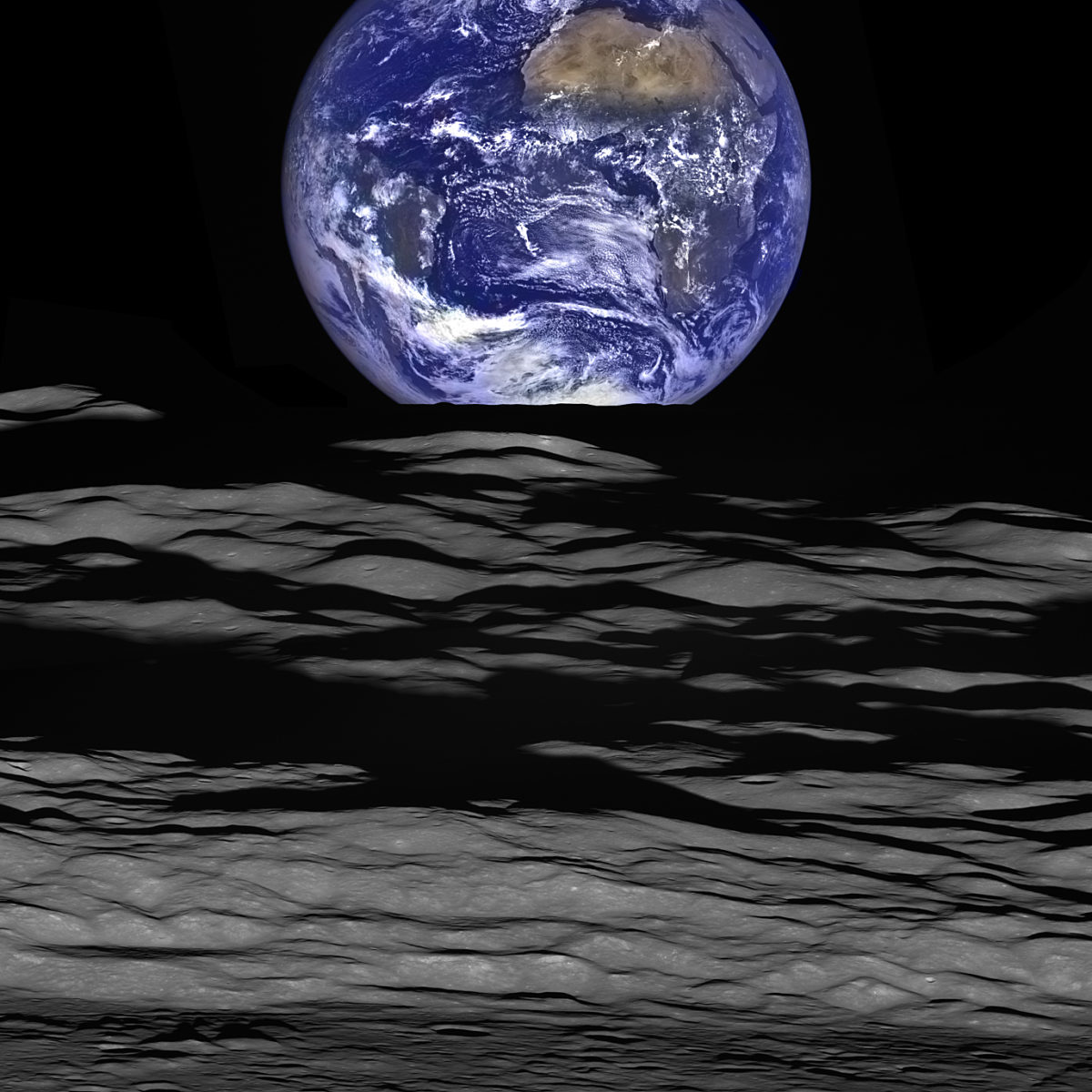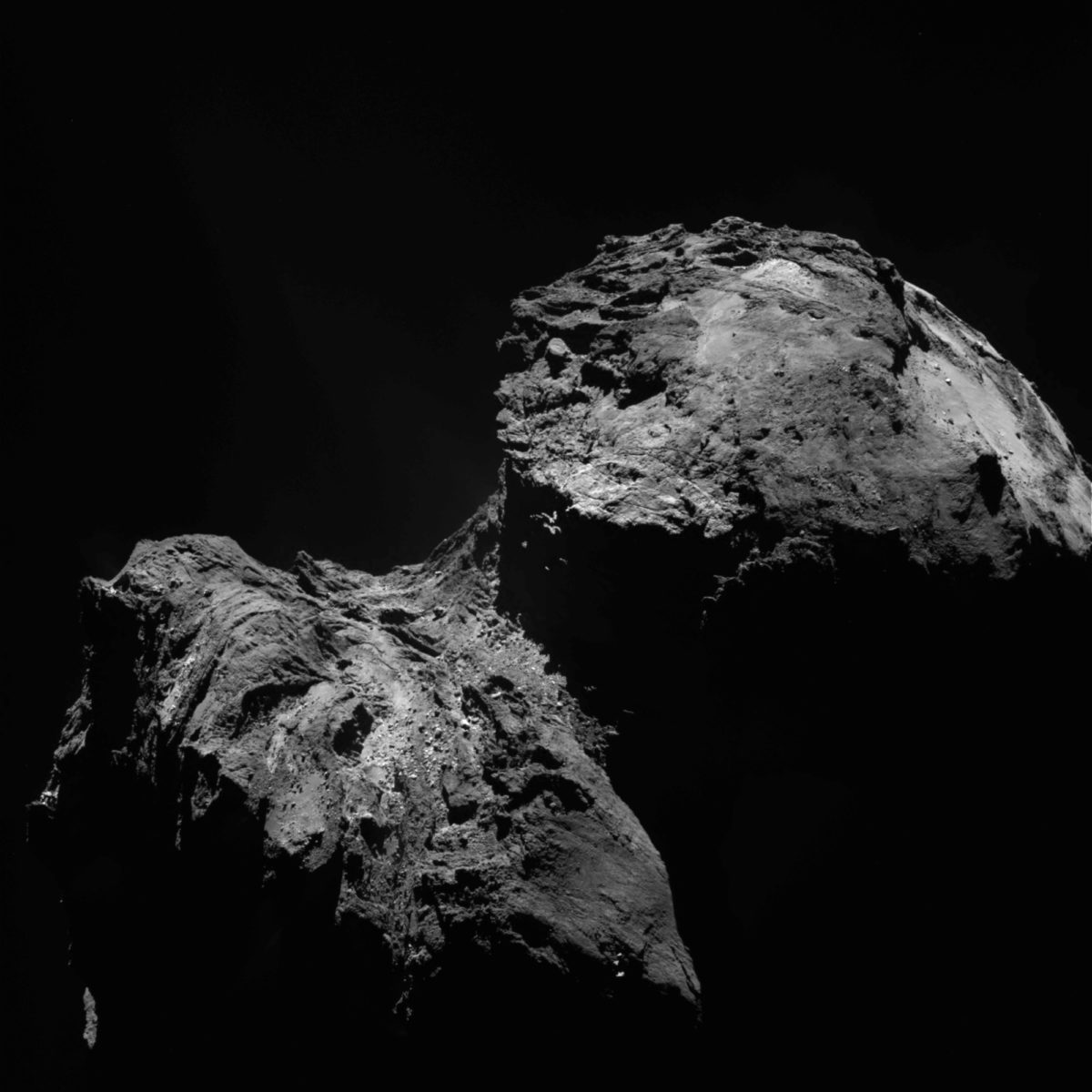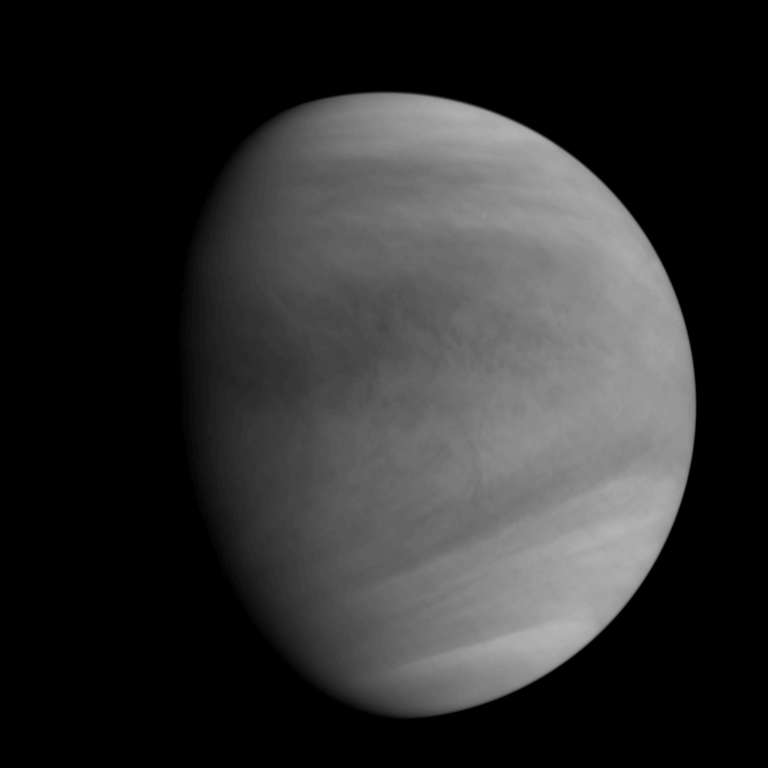All
All
Stories, updates, insights, and original analysis from The Planetary Society.
Two epic photos of Earth -- but which one is truer?
Two images of Earth taken from different spacecraft at the same time illustrate differences in
ExoMars Trace Gas Orbiter and Schiaparelli lander travel safely to Baikonur
Europe's second mission to Mars has begun its journey from its birthplace in Cannes to its planned arrival at Mars on October 19. Since December 17 we've been able to watch every step of its journey via Twitter.
December solstice: Viewing Earth's seasonal shifts from space
It's fun to watch the seasons shift from space, and as of this year we have new ways to do that.
For the first time ever, a Curiosity Mastcam self-portrait from Mars
In a remarkable and wholly unexpected gift to Curiosity fans, the rover has just taken the first-ever color Mastcam self-portrait from Mars.
Pluto updates from AGU and DPS: Pretty pictures from a confusing world
Pluto is reluctant to give up its secrets. Last week at the American Geophysical Union meeting I attended sessions featuring results from the New Horizons mission, and most of the presentations could be summed up thusly: the data sets are terrific, but there are still a lot of Pluto features that have scientists scratching their heads.
Curiosity stories from AGU: The fortuitous find of a puzzling mineral on Mars, and a gap in Gale's history
Yesterday at the American Geophysical Union meeting, the Curiosity science team announced the discovery of a mineral never before found on Mars. The finding was the result of a fortuitous series of events, but as long as Curiosity's instruments continue to function well, it's the kind of discovery that Curiosity should now be able to repeat.
Worth the wait: First public release of Rosetta science camera images of comet 67P
Finally! It has been a long wait, but so worth it: the Rosetta OSIRIS science camera team has delivered the first pile of data from the rendezvous with comet 67P to ESA's Planetary Science Archive. I have spent a good chunk of the last three days playing with the data, and it's spectacular.
A Rosetta OSIRIS picture of comet 67P that's only hours old
ESA announced today a new website at which the OSIRIS team will now be releasing images on a regular basis -- at least one per week -- and they will be recent. Even better news, all OSIRIS data taken through September 16, 2014 has been handed to ESA and its release is expected next week.
Akatsuki's new orbit, first images, and science plans
JAXA had a press briefing today to confirm the successful arrival of Akatsuki into Venus orbit. It's been a long time coming: today's announcement came twelve years to the day after Japan had to abandon efforts to put Nozomi into Mars orbit. They released lovely images and discussed future plans.
Timeline for Akatsuki's second attempt at orbit insertion
This is it: Akatsuki's final chance at Venus orbit insertion. The rocket firing should begin on December 7 at 08:51 Japan time (December 6 23:51 UT / 15:51 PST) and last for 20 minutes. It will take two days for JAXA to determine whether the orbit has been changed enough for Akatsuki to stay at Venus.
Hayabusa2 views Earth and the Moon on approach to December 3 flyby
I just love photos of Earth from planetary missions -- especially if they manage to get Earth and Moon in the same shot, as Hayabusa2 did on November 26.
Favorite Astro Plots #3: The rate of lunar cratering
The third entry in my series of blog posts about Favorite Astro Plots contains one of the biggest discoveries from the Apollo program -- as well as one of the biggest questions in planetary science. The chart was nominated by planetary scientist Barbara Cohen. It has to do with the ages of surfaces on the Moon.
2015 Reviews of childrens' books about space
Continuing an annual tradition, Emily Lakdawalla reviews children's books about space -- what's out there, how we explore, and why. Many of the books on this list aren't just for kids!
Mastcam-Z has passed its Preliminary Design Review!
A panel of outside experts reviewed the design of the Mars 2020 rover's color cameras, and approved the progress of Mastcam-Z. It still exists only as an idea in the cloud, but it's one significant step closer to being sent to Mars.
Watch the entire Cassini mission image catalog as a movie
If you were to download the entire catalog of photos taken at Saturn to date by Cassini and then animate them like a flipbook, how long would it take to watch them all pass by? The Wall Street Journal's Visual Correspondent Jon Keegan has your answer: nearly four hours.
Two JAXA mission updates: Akatsuki Venus orbit entry and PROCYON Earth flyby coming up!
Akatsuki is finally approaching its second attempt to enter Venus orbit, on December 7; let's all wish JAXA the best of luck! And PROCYON, whose ion engines have failed, is still an otherwise perfectly functional spacecraft that is taking photos of Earth and the Moon as it approaches for a flyby.
DPS 2015: A little science from Rosetta, beyond perihelion
Updated numbers for physical properties of the comet, and a few interesting images of surface features and surface changes on Churyumov-Gerasimenko.
Curiosity update, sols 1109-1165: Drilling at Big Sky and Greenhorn, onward to Bagnold Dunes
Since my last update, Curiosity drilled two new holes, at Big Sky and Greenhorn, and is now approaching Bagnold Dunes.
DPS 2015: First reconnaissance of Ceres by Dawn
This is the first major meeting since Dawn's arrival at Ceres, and despite competition with Pluto surface science there was a well-attended Ceres talk session on Monday and poster session on Tuesday.
DPS 2015: Pluto's small moons Styx, Nix, Kerberos, and Hydra [UPDATED]
For my first post on results from the Division for Planetary Sciences meeting, I'm going to tell you about Pluto's small moons: Styx, Nix, Kerberos, and Hydra, their bright colors and wacky rotation states.


 Explore Worlds
Explore Worlds Find Life
Find Life Defend Earth
Defend Earth


 Sun
Sun Mercury
Mercury Venus
Venus Earth
Earth Mars
Mars Jupiter
Jupiter Saturn
Saturn Uranus
Uranus Neptune
Neptune Small Bodies
Small Bodies

















